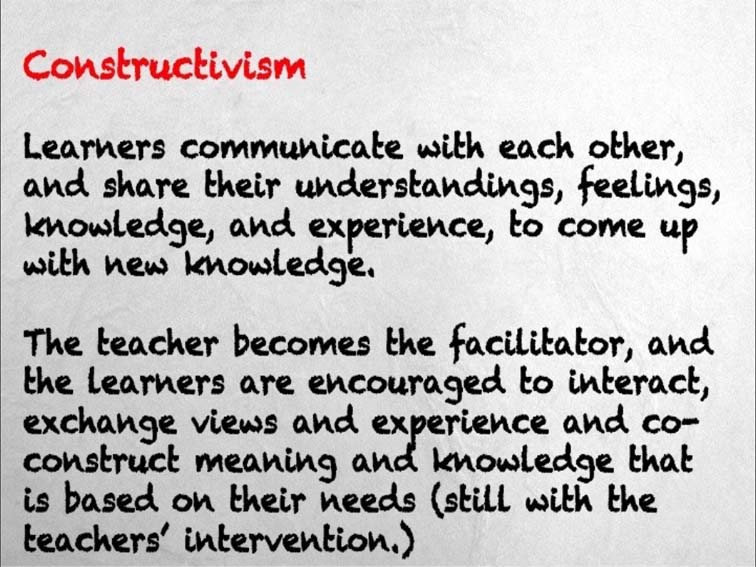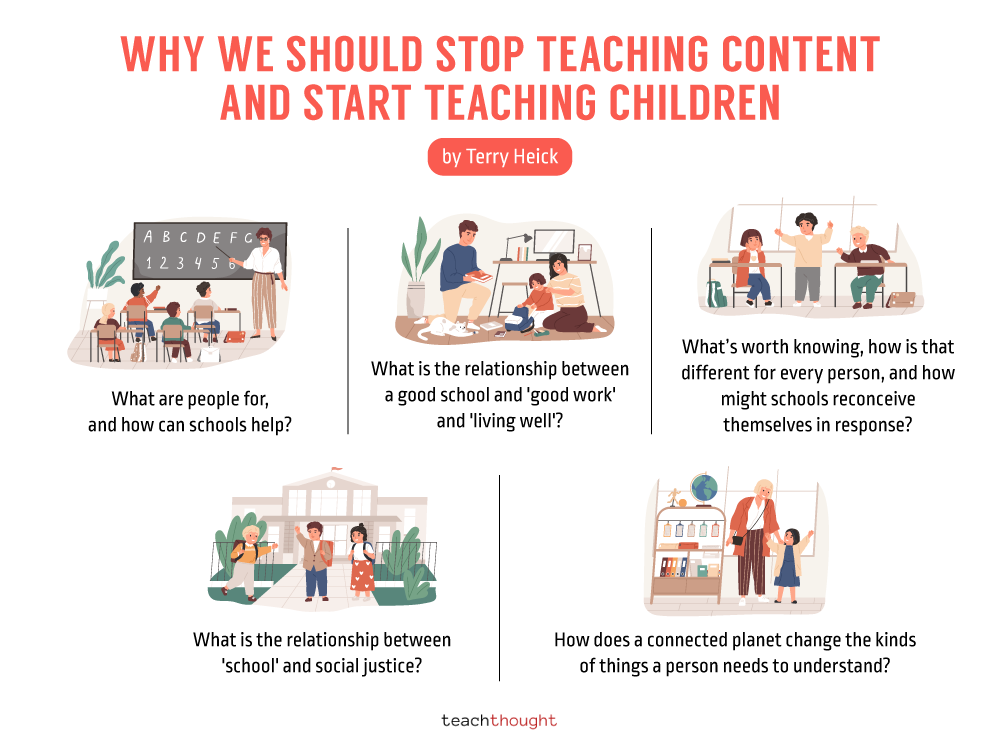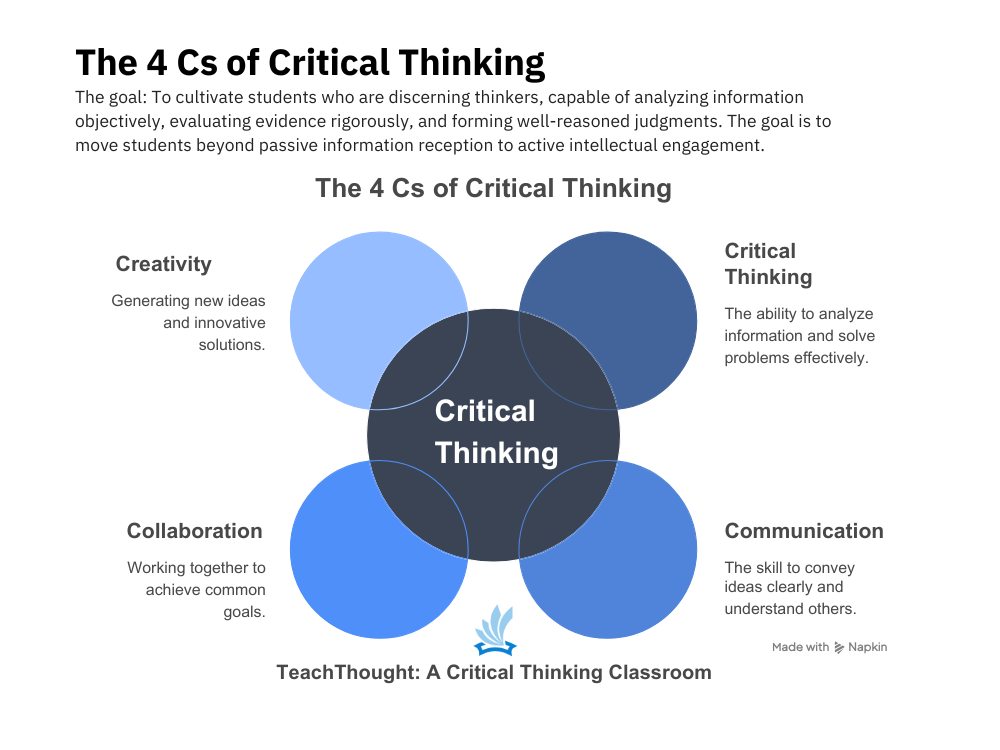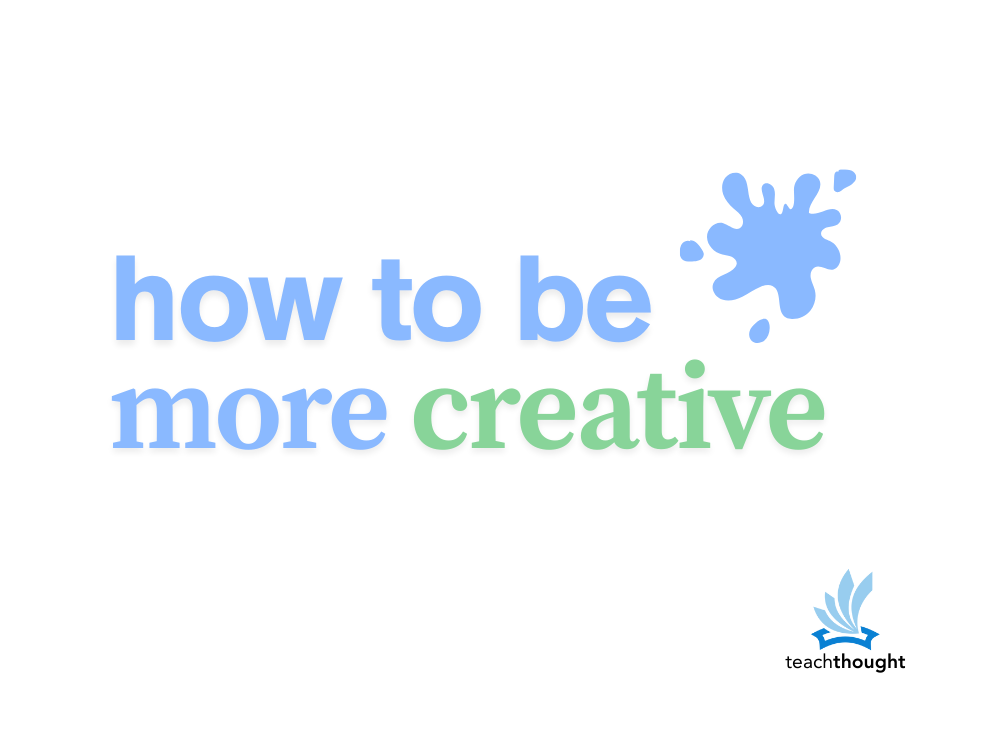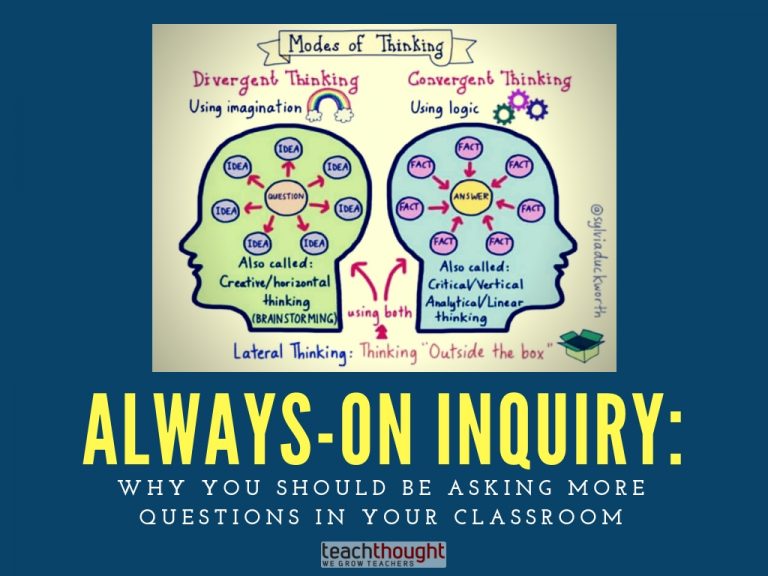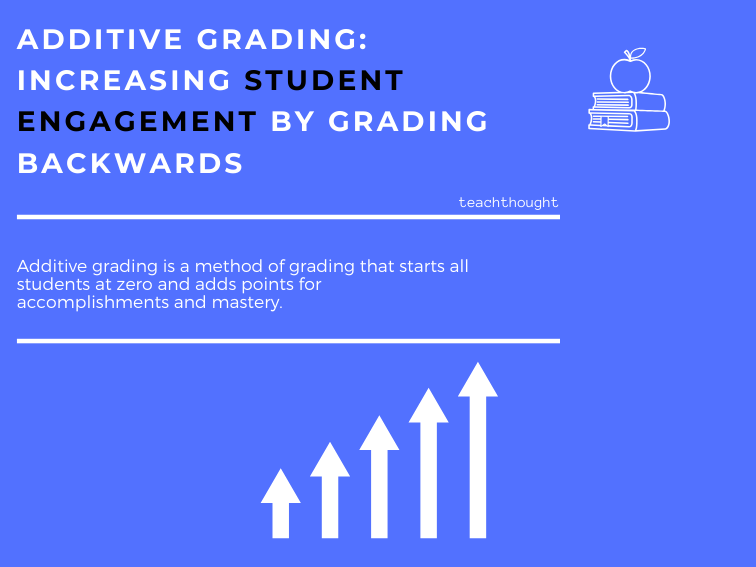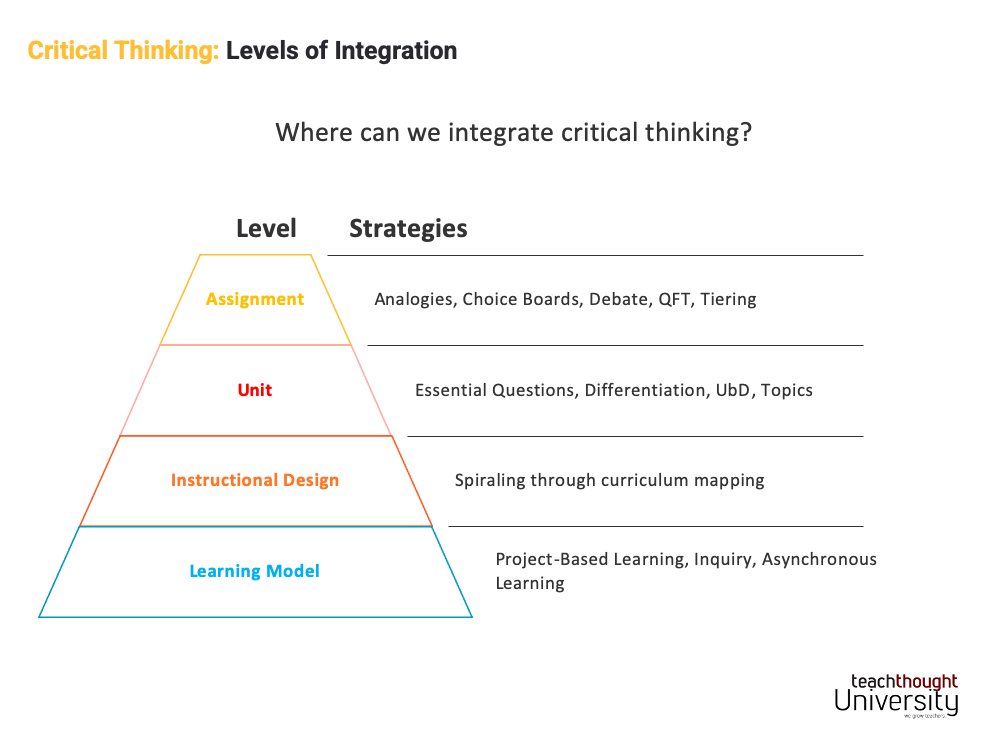Search Results for: inquiry based learning
-
-
The Difference Between Instructivism, Constructivism, & Connectivism
Connectivism is similar to constructivism. The difference lies in networks; rather than supplemental, they are primary sources.
-
-
-
About
TeachThought supports educators with practical, evidence-based strategies to promote literacy and critical thinking in every classroom.
-
20 Questions To Clarify Your Teaching For 2026
How is education changing? From blended learning to social justice, here are 20 questions to clarify your teaching for 2023.
-
The Foundational 4 Cs of Critical Thinking in K-12 Education
The 4 Cs of Critical Thinking: Critical Thinking, Communication. Collaboration, and Creativity.
-
How To Be More Creative
You can’t keep feeding yourself the same things–the same ideas, forms, and perspectives–and expect to come up with something new.
-
Neuroscience Terms
Neuroscience Terms and Definitions contributed by Judy Willis M.D., M.Ed., radteach.com and Rae Nishi, PhD
-
Why You Should Be Asking More Questions In Your Classroom
Teaching students to ask good questions engages them & acts as ongoing assessment. Here are some of the benefits of inquiry-based learning.
-
What Is Additive Grading?
Additive grading is method of grading that starts all students at zero and adds points for accomplishments and mastery.
-
4 Levels Of Integration For Critical Thinking
How can you teach critical thinking? This framework offers a way to integrate critical thinking in your classroom.

